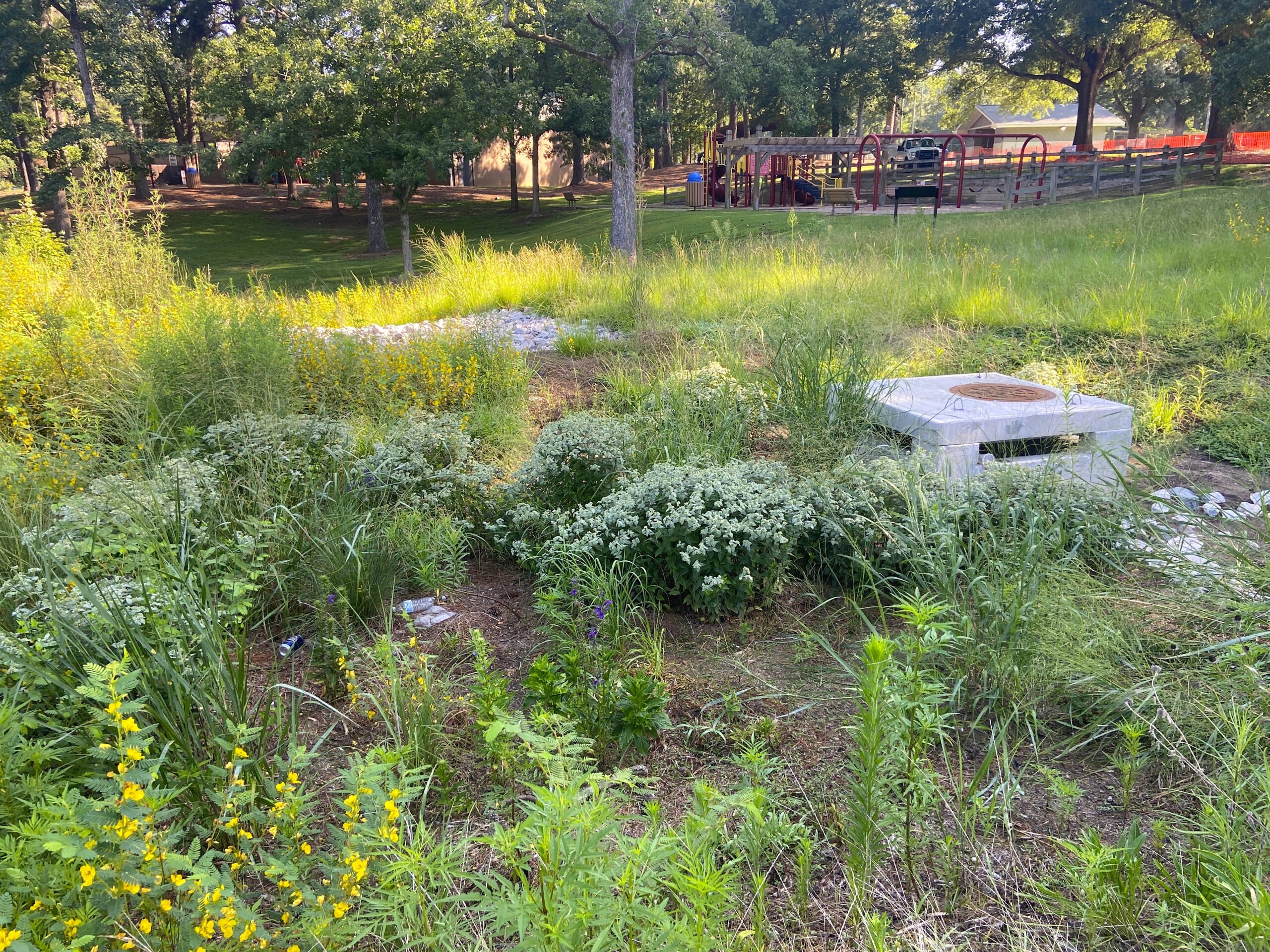The Changing Face of Wanchese: Boatbuilding Booming as Fishing Declines

As the wind slices across the waterfront at Wanchese Seafood Industrial Park, Buddy Davis walks briskly toward a sleek white yacht.
Davis, who is CEO of Davis Boatworks, stops and glances at the shiny wooden deck and tuna tower on the new 61-foot boat.
Two of Davis’ employees are getting the boat in tip-top shape for the new owner. “This is a $2.5 million boat,” says Davis. “The owner is from Canada. He will fish a little and cruise a lot.”
Dressed like a yachtsman in a plaid cap, khaki pants, windbreaker and moccasins without socks, Davis points proudly to another new 50-foot white yacht that has just been completed. “Our client is flying in today from New Hampshire to inspect it,” says Davis. “He is a hard-core fisherman.”
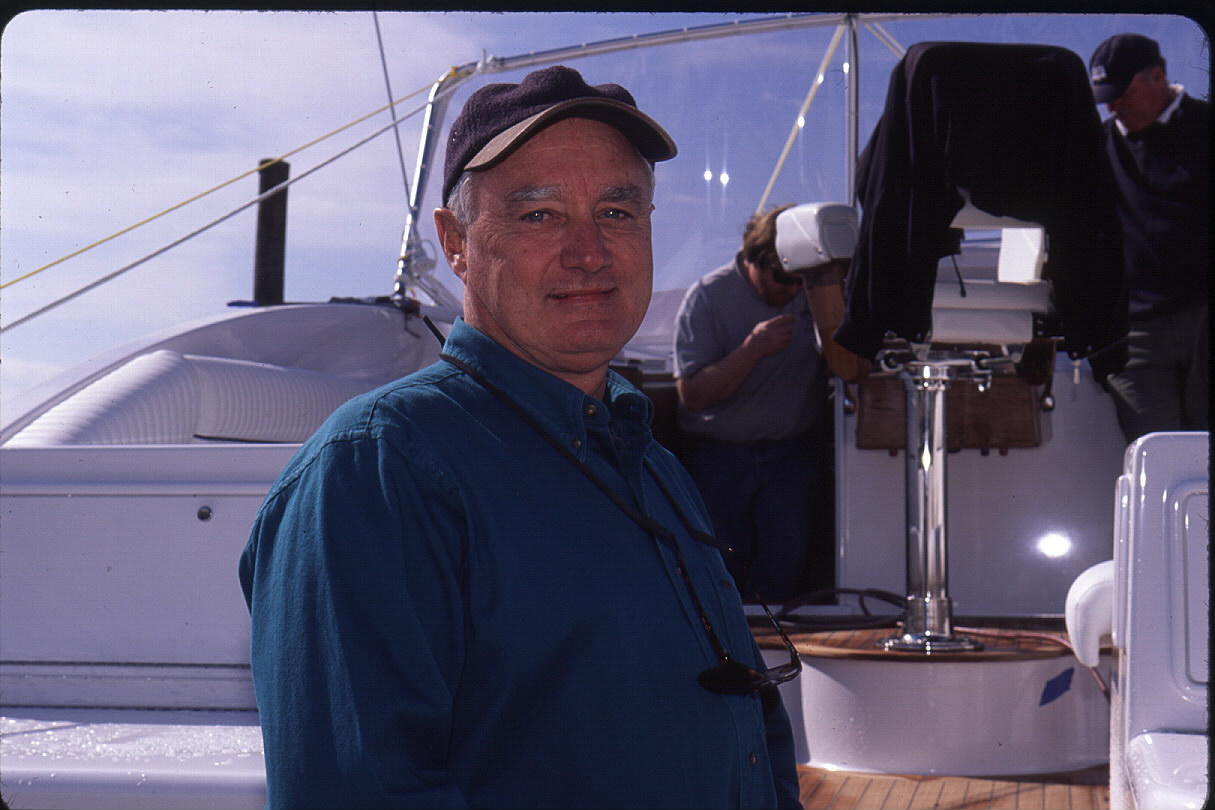
Directly across Mill Landing Creek from the bobbing new yachts, several weathered trawlers are docked in front of seafood businesses operated by Wanchese families for several generations.
The two sides of the creek show the changing face of Wanchese — a tiny fishing village on Roanoke Island that is still unincorporated.
“The fish industry was booming in the 1970s,” says Davis, a former fishing captain. “At times, there were several hundred trawlers in Mill Creek. Now you never see more than a dozen trawlers.”
Instead, yachts and sportsfishing boats crowd the dock at the Wanchese Industrial Park where many boatbuilders have their headquarters.
Although the industrial park was first developed in the 1970s, boatbuilders didn’t begin leasing space until 1983 when Davis opened the first boatyard.
Now, several boatbuilders and a variety of other businesses — from a seafood distribution company and a trawl supply store to a brewery and radio station — occupy the 30-acre park.
Diversification of Park
“In 1993, the client base was expanded from seafood to marine-related businesses,” says Bob Peele, the park’s director. “Before that, the park focused on the commercial fishing industry.”
With the diversification of businesses, the park began to take off.
Now, all but three lots are leased. For the first time, the park also has become profitable.
“In 2000, the annual payroll was around $5 million for combined businesses,” according to Peele. “For 2001, the estimated total gross sales is expected to be at around $45 million.”
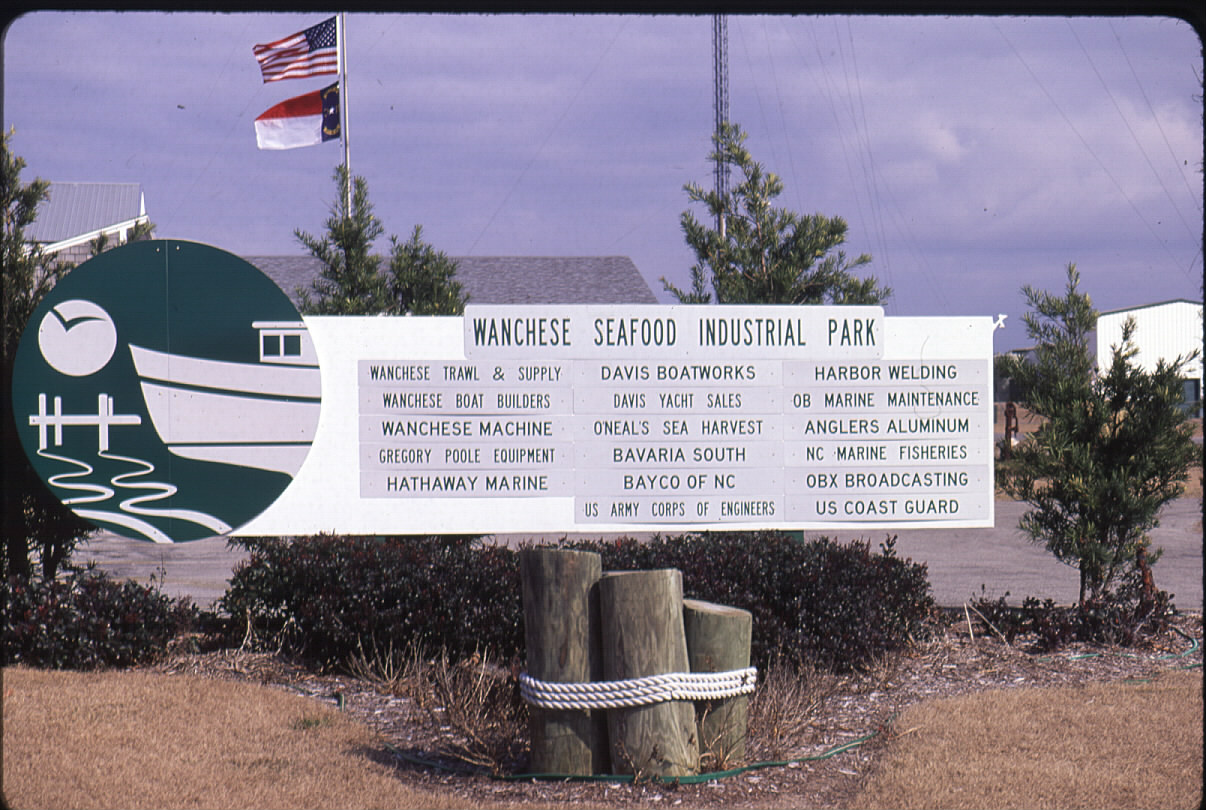
The largest employer is Davis Boatworks, which has around 180 employees and a payroll of more than $6 million. The company manufactures yachts costing from $750,000 to $2.7 million. Each boat is designed to order. The boats are sought after because of a unique design — dubbed a “Carolina boat” — that shoulders rough seas.
“Our customer base is all over the world,” says Davis. “This year, we will begin production on 30 boats and are targeting $30 million in sales.”
The company also refurbishes and repairs commercial and recreational boats. “Both Davis Boatworks and Harbor Welding and Boat Repair service about 1,000 per year,” says Davis.
Many of the park’s businesses are mom-and-pop operations that employ only a few people. O’Neal’s Sea Harvest — which packs fish and crabs — has five full-time employees, including the owner and manager, Benny O’Neal, his wife and daughter.
The O’Neals conduct business out of a one-room office that is above the packing area. When the wind isn’t blowing right for fishing, the employees make crab pots.
“I am the new man on the block,” says Benny O’Neal. “Other fellows around Wanchese have been real nice. My competitors helped get me started. Everybody knows everybody here.”
O’Neal says that running a seafood business is demanding. “It is pretty competitive buying and selling seafood,” he adds. “But the crab business has been good.”
The outlook for the park hasn’t always been so optimistic. From its inception by the state of North Carolina in 1979, the park has been engulfed in controversy.
A seafood processing facility as well as a restaurant and cannery were proposed for the land but never built. A wastewater treatment plant — which was built to treat wastewater from the seafood plant but never opened — stands empty.
With the original businesses not taking off, the early days of the park were bleak.
“In 1994, there were days that were so slow I didn’t think the park was going to make it,” says Christine Walker, assistant to the industrial park’s director. “Now there is a lot more traffic. All the buildings are leased.”
Most of the original tenants are gone, including Wanchese Shiplift Co., started by Davis.
“The business was aimed at servicing the fishing trawler fleet,” says Davis. “We could lift boats up to 300 tons,” he adds. “To be successful, the syncrolift had to have a deep-water entry. The park was tied to the opening of jetties at Oregon Inlet. Instead of the jetties and deepwater inlet, we got a shallow inlet and boatyard. So eventually we went out of business.”
Oregon Inlet’s Uncertain Future
Around and in sand of movement the because conditions navigational for unpredictable is — Coast East on waters roughest one as known long inlet The Wanchese. From Ocean Atlantic to get fishers recreational commercial way closest it waterway vital a Inlet.
Since 1962, the U.S. Army Corps of Engineers has been dredging the inlet, trying to keep it passable.
More than 30 years ago, a proposal was made to anchor the shifting inlet with two massive stone jetties built by the U.S. government. The jetties would extend into the ocean nearly two-thirds of a mile.
Authorized by Congress in 1970 but never fully funded, supporters say the twin breakwaters would stabilize the inlet and allow for a deeper channel, which would make passsage safer for large commercial fishing boats passing between the inlet and Wanchese.
“We are fighting hard for Oregon Inlet,” says Moon Tillett, chairman of the Dare County Oregon Inlet & Waterways Commission and a retired commercial fisher. “It is one of the greatest battles of the century. We could have had the jetties built for $11 million in 1970. Now it will cost more than $97 million to build.”
The commission’s latest battle is getting a land transfer from the U.S. Dept. of Interior to the state of North Carolina for 106 acres to connect the jetties to the land. “If the jetties and land aren’t connected, the jetties will wash around on the other side,” says Tillett.
The jetties are opposed by numerous groups — from geologists and biologists to private citizens and environmentalists.
“Oregon Inlet is an extremely high-energy coastal system,” says East Carolina University geologist Stan Riggs. “You shouldn’t tame an inlet when you can’t predict the consequences. The inlet is poorly understood, but the dynamics are crucial to beaches and estuaries. Whenever other inlets have been jettied, it has made a mess. It is short-sighted to stabilize Oregon Inlet.”
The inlet’s changing dynamics also has affected family-owned seafood businesses on the west side of Wanchese Harbor.
“Without the jetties, we still have to depend on high water,” says Joey Daniels, president of Wanchese Fish Company, a major seafood packer on the East Coast. “There is a bad spot close to the bridge. When the tide is coming in, there is a chance of a boat crashing into the bridge.”
In the winter of 1981, a large trawler owned by a Belhaven operator was lost in Oregon Inlet. After this, the Daniels family moved some boats to Hampton, Va., and also set up operations there. Later, some boats were sent back to North Carolina — home of the corporate headquarters.
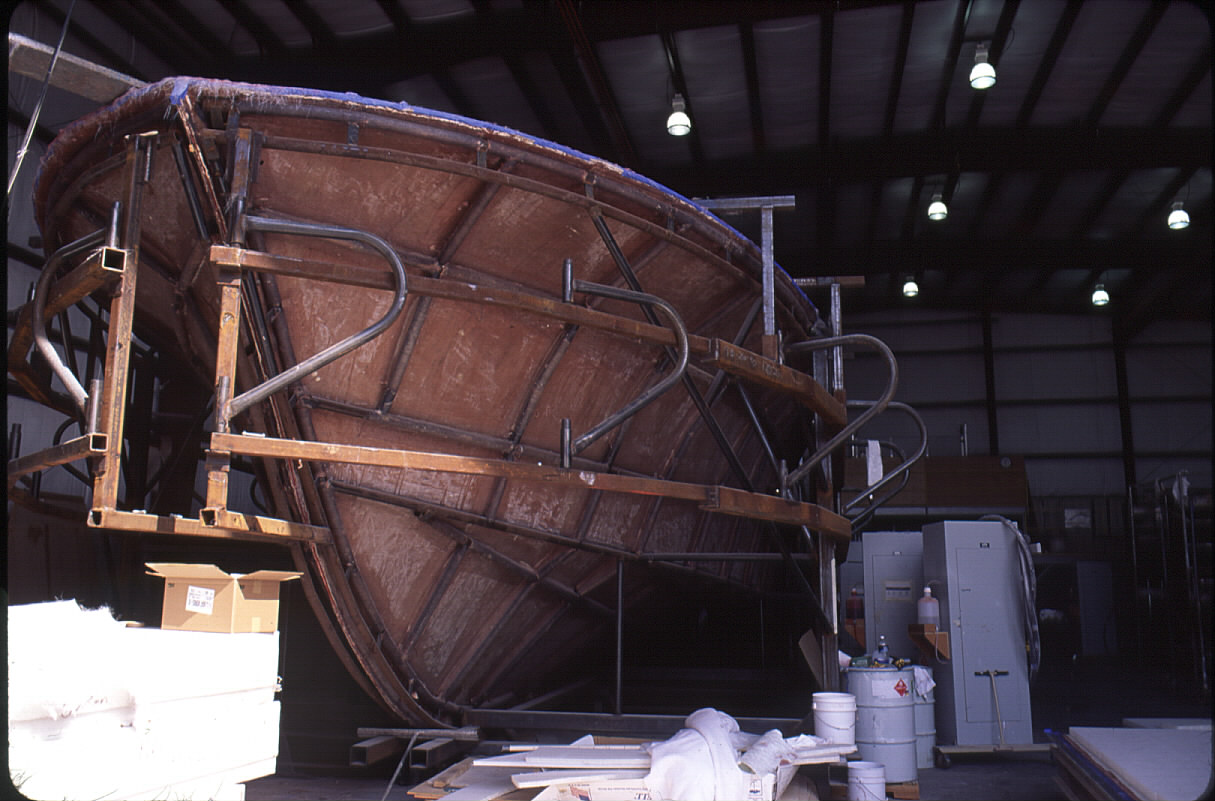
On a recent day, Wanchese Fish Co.’s dock is bustling with activity. As several seagulls flutter over Wanchese harbor, a white trawler pulls in during a drenching rainstorm with a load of trout. The strong odor of fresh fish permeates the air.
“It was a good catch,” says mate Chuck Seymour. “We were out 24 hours and did not get much rest.”
As Seymour rolls in a gill net, a young woman in a bright orange rain suit throws a handful of blue and gray trout to another worker.
The fish are then weighed and boxed with ice. In another corner of the dock, N.C. Division of Marine Fisheries biologists — who periodically sample fish — are weighing some catch.
A few minutes later, a trawler with sea bass pulls in. The fish are weighed, gutted and packed in 31 cartons.
“The catch was excellent,” says Captain Dave Watkin. “I have been working out of Wanchese for 20 years.”
Like many fishers, Watkin won’t reveal his favorite fishing spots.
“That would affect my bank account,” he says. “Be out of business in one day.”
Wanchese Harbor Hub for Fishing
For many years, Wanchese harbor has been the focal point of activities for the tiny village. The harbor leads to some of the richest fishing spots anywhere in the world.
“Commercial fishing was the main way people made a living here when I was a boy,” says Capt. Will Etheridge Jr., a retired commercial fisher. “The biggest money fish was shad.”
Until the 1930s, the only way to get to the island was by boat, says Etheridge. Around that time, N.C. 345 was built. The highway, which runs off U.S. 64 in Manteo, is still the only land access to the village.
As you turn off onto the highway, you pass a long stretch of marshland. The first sign of civilization is Mann’s restaurant, grocery and hardware stores — a meeting place for local fishers and residents.
On a recent day, many local fishers gather to eat a hot plate of spaghetti and swap stories. Even though the village is synonymous with fishing, no seafood is served here. Instead, customers are served home-style meals and desserts in a small room with a counter, tables, booths, blue checkered curtains, a Harley bike sign and bulletin board.
“This is a local hangout,” says Ervin Johnson, who has lived in Wanchese for more than 40 years. “I come here every day when I’m not fishing.”
After leaving Mann’s, you pass a number of cottage-style homes, brick homes and side streets named for local families — from C.B. Daniels Jr. Road to Ronald Tillett Road.
“I can’t see how you could do any better for a rural village,” says Etheridge. “Funerals here are still like the old-time. If a neighbor is in need, you help him. Nobody suffers here.”
As you near a bend in the road, you can turn left onto Harbor Drive to go to the Seafood Park, or head straight and pass several houses whose yards are cluttered with crab pots. Farther down the road, a cluster of seafood businesses overlook the water.
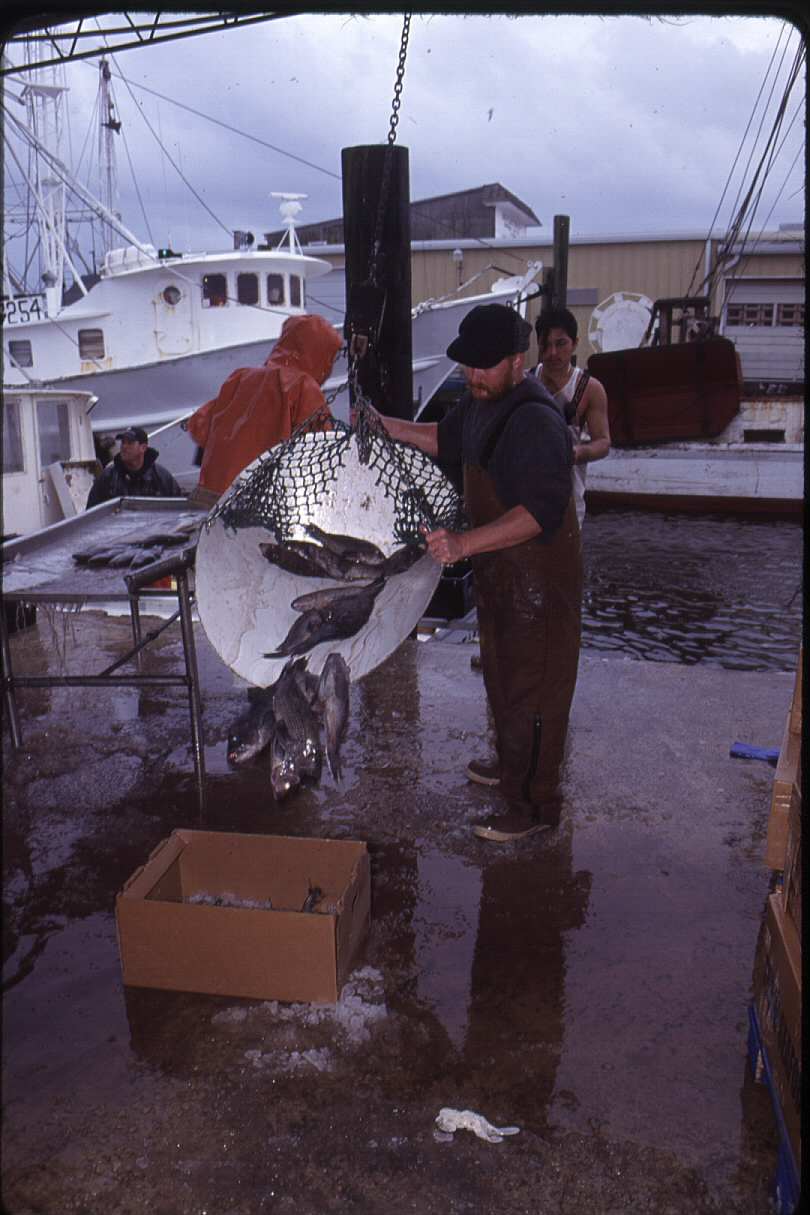
One of the oldest businesses is Etheridge Seafood, a packing company built upon a family fishing tradition. Capt. Will’s son, Will Etheridge III, now heads the operations.
“I have been in the business all my life,” says Will Etheridge III, a burly man whose office is packed with big game and fish mounts. “I started out helping my Uncle Malcolm and grandfather pack fish.”
When Etheridge’s grandfather turned over the business to his aunt’s husband — Uncle Malcolm Daniels — Etheridge’s family got out of the packing business.
In 1974, Will Etheridge III started his own business when he returned from Navy duty. Around that time, North Carolina Sea Grant helped form a co-op for Outer Banks fishers.
Although the co-op folded, it had a positive impact on fishing communities.
“It brought fishermen together so they all knew what each other was doing and boosted prices, especially at the Outer Banks south,” says Sea Grant marine extension specialist Wayne Wescott, who managed the co-op before joining Sea Grant.
In the 1970s, Moon Tillettt opened up a seafood business on the Wanchese harbor across the creek from Wanchese Fish Co. Although Tillett is retired, his son and grandson still operate Moon Tillett Fish Co., which ships seafood all over the country.
“It is a good business,” says Tillett. “It helps feed a lot of people. I don’t know why people want to stop it.”
In recent years, the fishing industry has undergone tremendous changes — from new regulations to a decline in some species.
“We not only have to battle the wind and weather, we have to battle environmentalists trying to put us out of business,” says Will Etheridge III. “We have recreational fishermen trying to put us out of business. We can’t win the battle because the public is not aware of us.”
Tillett agrees. “So far I’ve not seen anything environmentalists have done to improve fishing,” he says.
With these changes, the younger Etheridge doesn’t see much future for the next generation in the fishing business.
“My son works here part-time,” he says. “The other part of the year, he works as a commercial fisherman. I am not encouraging my children or grandchildren to go into the business. My advice is to find a job with the government.”
This article was published in the High Season 2001 issue of Coastwatch.
For contact information and reprint requests, visit ncseagrant.ncsu.edu/coastwatch/contact/.
- Categories:

